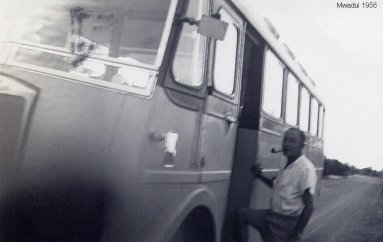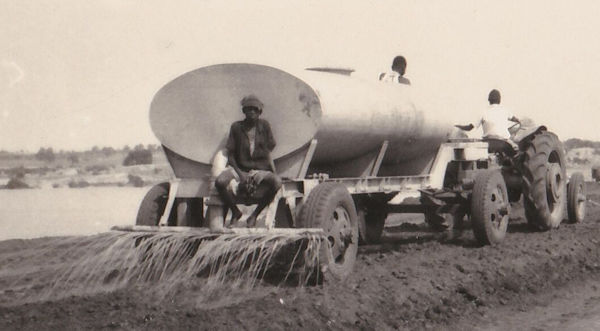Mwadui Power House
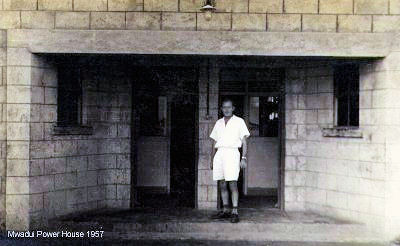
Buddy Hide outside the Power House c1957
Click here to find Mwadui on Google Maps
The power house was officially opened by Sir Edward Twining, the Governor of Tanganyika.
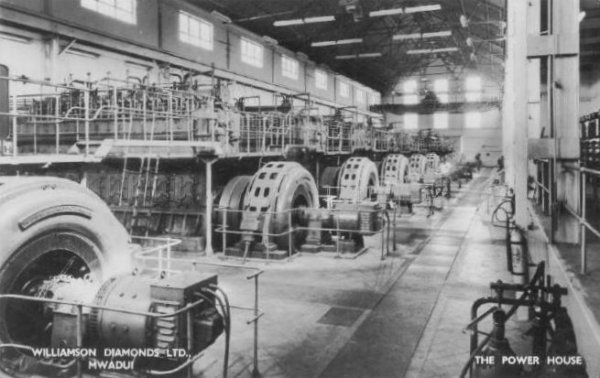
The Power house, comprising nine 900kw diesel engines & one 750kw gas turbine plus auxiliaries along with HT & LT switchgear etc, is situated close to the top end of Hopley Avenue.
This was the 2nd largest Power Station in all Tanganyika.
There was a regular bus service round the mine.
Left: Buddy Hide getting on the bus for the Shinyanga market and in the rollover photo it's the Van Rooyan kids getting the bus to school. The bus did a weekly run to the Shinyanga market on Saturdays.
Looking east towards Sackville Rd from outside our house in Hopley Ave, all the roads were laid with red murram, a hard rock & clay compound rich in iron, as were most roads in tropical Africa. . They had to be graded regularly because of ruts building up. The water bowser did the rounds daily during the dry season in an attempt to keep the dust down.
The new bus was a great improvement on the previous one which had split seats with very itchy stuffing, a noisy engine and bone shaking suspension. All part of Doc's "big expansion" program.
Constant road maintenance with the grader and water bowser was required in Mwadui with it's laterite laid road network
Photo from the Danny Mallan family collection ©
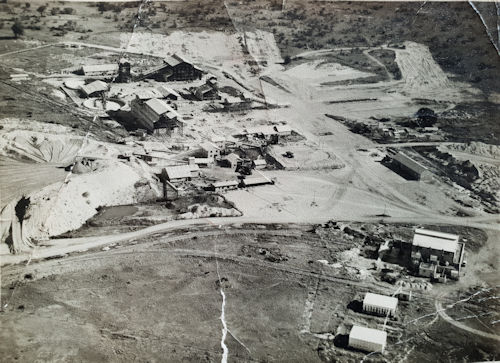
Williamson's second dispute with the Diamond Corporation was finally resolved and with his stockpile of diamonds now being shifted he was in a position to embark on a major plant upgrade. Fraser and Chalmers PTY in Johannesburg were chosen to construct the new plant, they were to supply all labour requirements.
Photo from the Dennis Sullivan family collection

From the air you can see the sorting plants, swimming pool, and Hopley Ave running down next to the 9 hole golf course.
Photo by Mike Croft
A major expansion plan has been underway since 2010 to extend Williamson mine's life by increasing its mining depth to about 260m with the eventual target of producing 600,000ct of diamond per year.
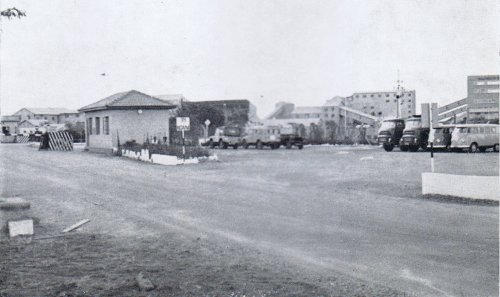
The secure Diamond sorting compound
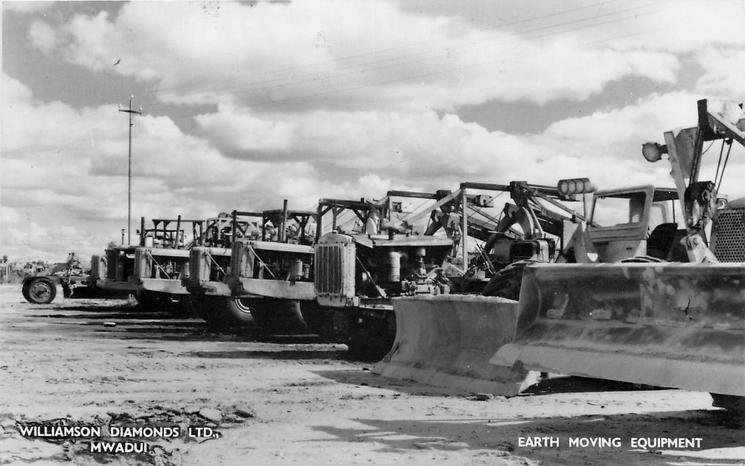
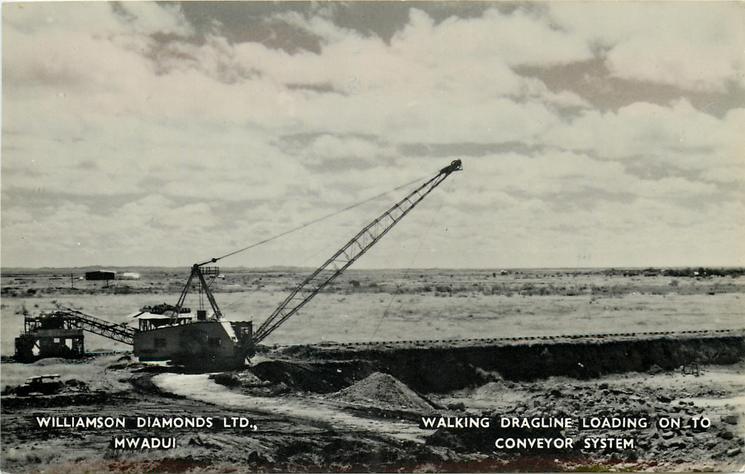
Diamonds come to the upper mantle of the Earth by high temperature magma through volcanic eruptions, and then cool into igneous rocks known as kimberlite.
Diamonds also move out from the kimberlite through natural erosions and accumulate in the form of gravels on the Earth's surface, which is called alluvial diamonds deposit.
The walking drag line on site with it's 121 foot (36.88m) boom with a bucket that can scoop up to 6 tons at a time from up to 65 feet ((20m) below ground level. The drag line is used for cutting benches at 24 feet at a time.

The principle mechanics of a walking drag line
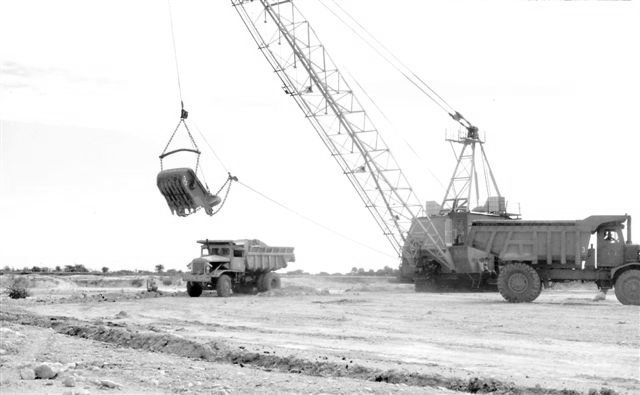
Doc started to invest in serious heavy plant following the end of WWII to extract the ore from the huge Kimberlite pit.
Euclid were the first purpose made heavy duty dump truck manufactured, they were employed worldwide and enjoying one of the longest continuous production runs of any off highway dump truck to date, the Euclid R-15 in its various sub types was produced literally in the thousands,

The R-15 Euclid dump trucks which may have been hired in allowing Williamson to spread his costs.
A choice of two body styles could be fitted depending on the machines intended application; standard (with parallel side sheets) and quarry (with tapered side sheets and added external and internal reinforcing). Both were rated at 15 tons capacity and held approximately 12 cubic yards. Built in the UK they were available with a choice of five engines – Leyland, AEC, Cummins, Rolls-Royce or GM.

The walking drag line was the largest in Africa and was used to load the dump trucks. Williamson also acquired a fleet of Caterpillar dozers and scrapers to supplement the drag line and dump trucks

The giant walking drag line used in Mwadui
Before the heavy plant
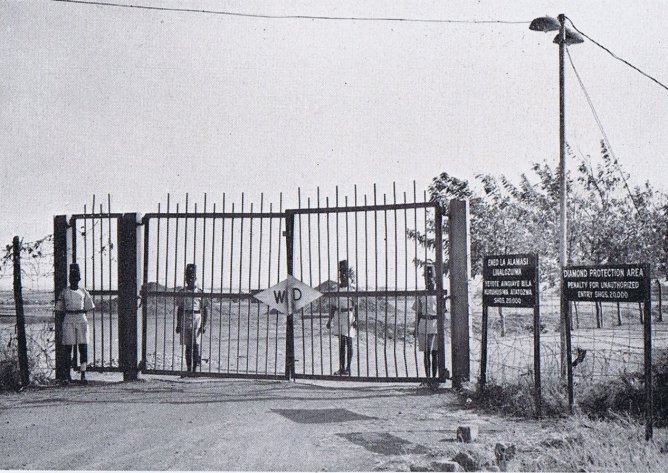
High tech security in 1948
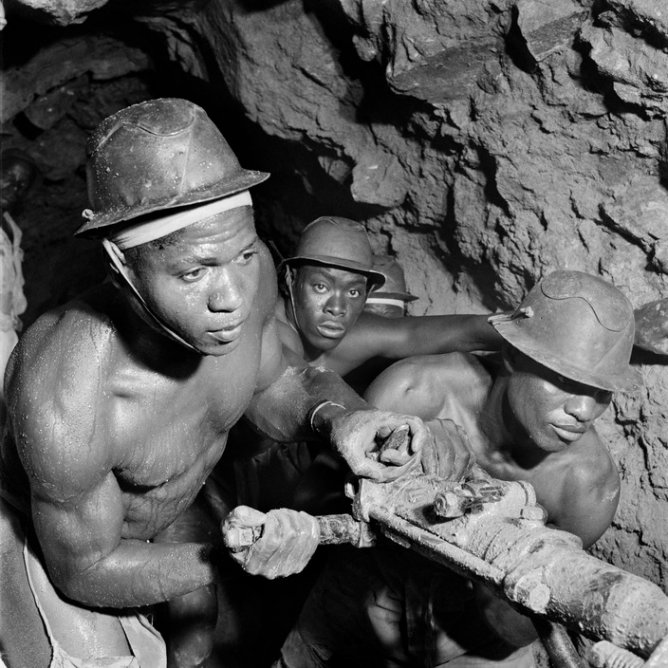
Photo by George Rodger
15th June 1948
How it was before the heavy plant was acquired.
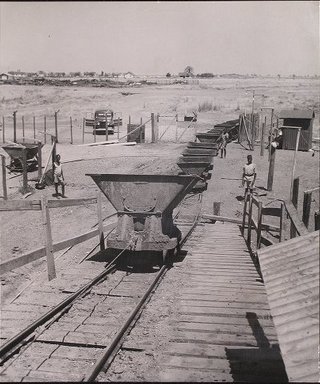
In the early days the ore was transported to the sorting shack in small goods trucks called Kokopans.
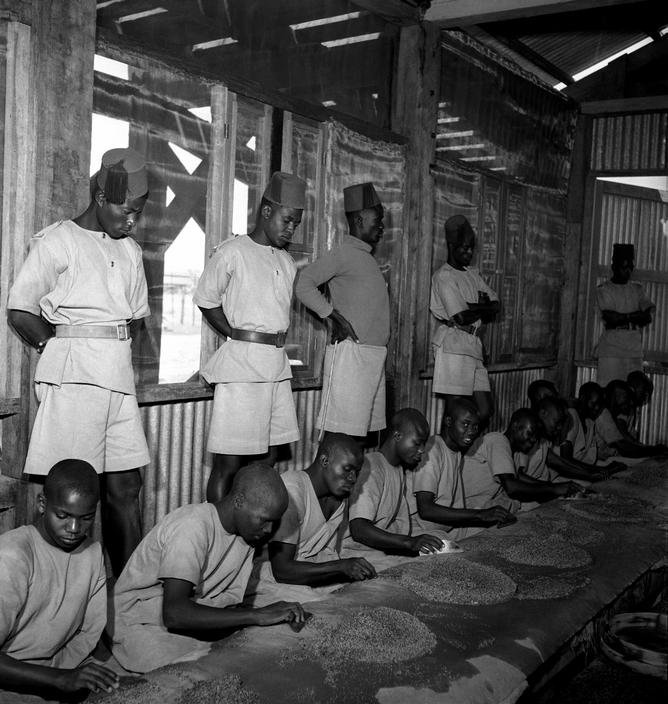
Sorting diamonds was by hand up till the early fifties. Fourteen mid teenage boys under close scrutiny by Askari's sort the stones. Note one sleeve is sown up.
Diamond pilfering was rife among the Africans, including the Askari. It was estimated that up to 50% of the extracted diamonds were being smuggled out with organized crime. Covert cine cameras were fitted here and many ingenious smuggling methods exposed.
Photo from the George Rodger-Magnum collection ©
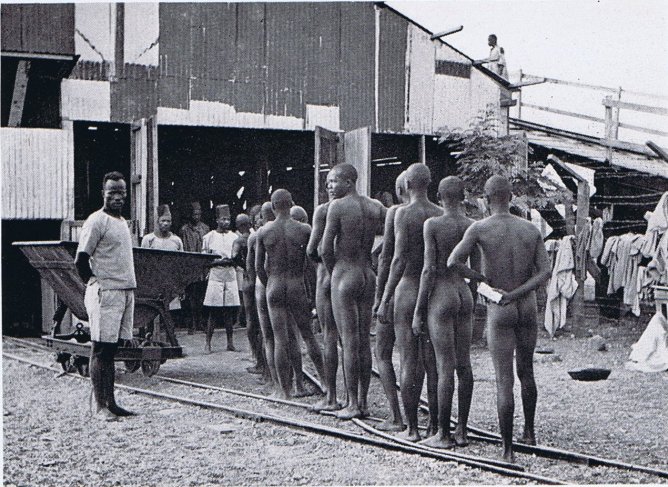
Strip searches were the norm
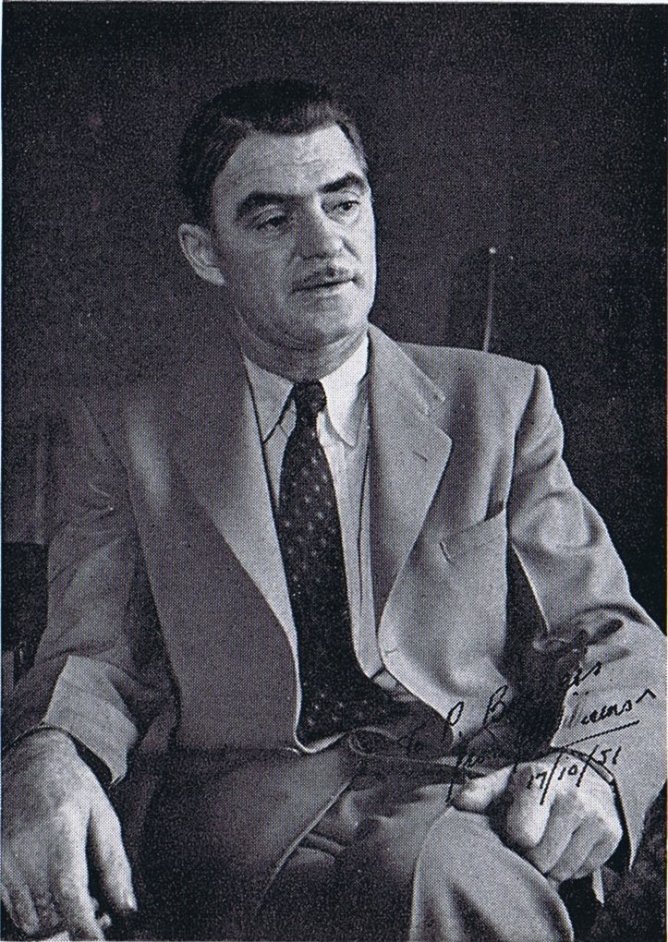
John Thoburn Williamson
The Diamond Seeker
Known by all as Doc
10th February 1907 - 8th January 1958




